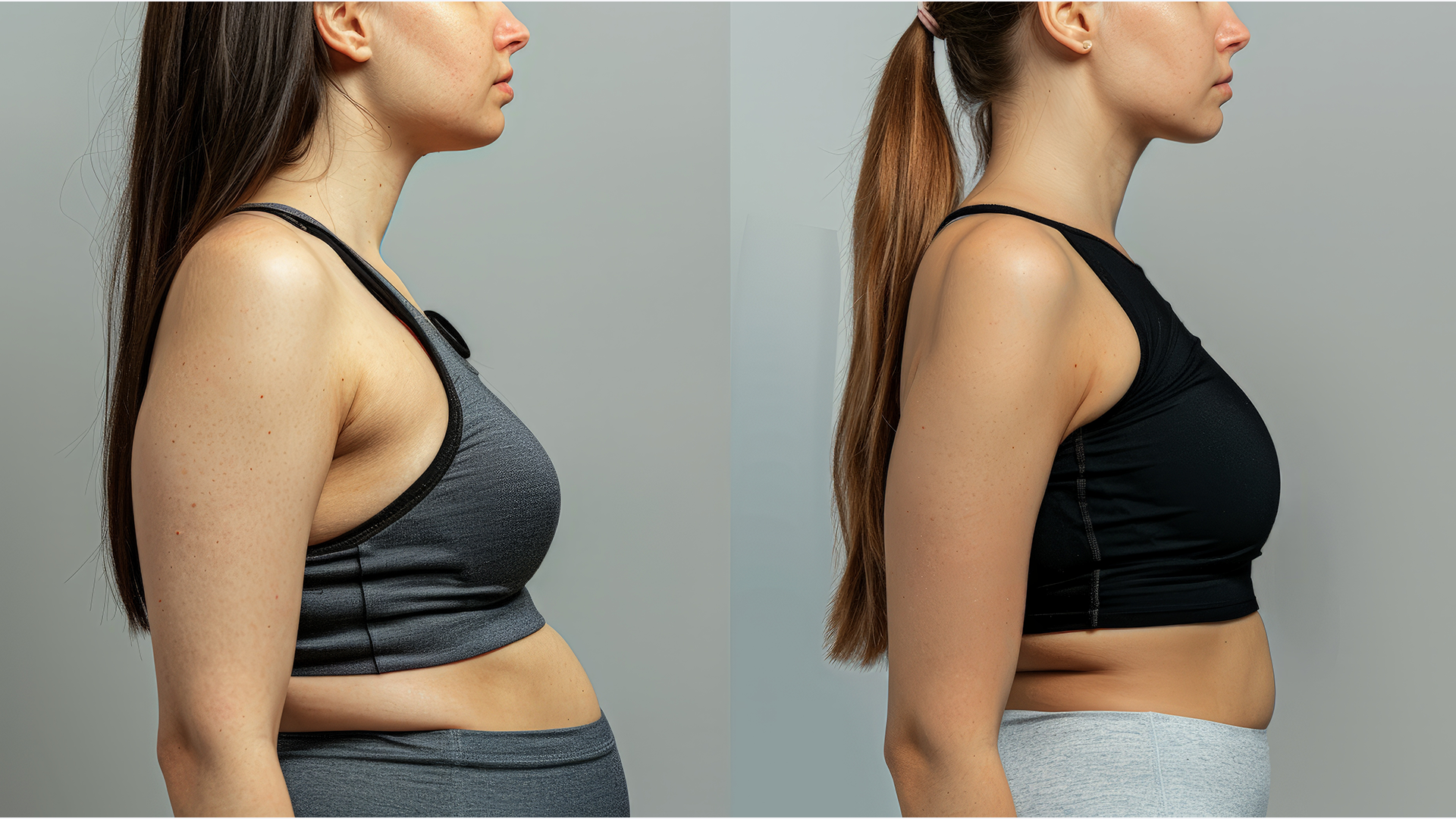When you decide to lose weight, you decide to lose body fat. You gain body fat when you consume more calories than your body needs. These calories aren’t needed immediately in the bloodstream, or to replenish energy stores in the muscles. Instead, they are sent to the fat cells for storage.
Weight loss is a product of how you use and store energy. You must use more energy than you consume – or store – in order to lose weight. However, how fat loss occurs, where fat loss begins, and how to know your efforts are working are more difficult concepts to understand.
In this article, we explore these three topics in greater depth so that you can understand the science of weight loss and how your own weight loss is working.
How fat loss occurs
Adipocytes are the most common type of fat storage cells. Adipocytes store lipids, or fat, when you eat more calories than your body needs to function. Adipocytes remove unneeded lipids from the bloodstream for later use.
When you eat, insulin prevents adipocytes from secreting lipids for use as energy. This occurs because the body will use the calories from the food you’re eating, which will be stored in the bloodstream and muscles, for energy before it needs to use fat stores. After you’ve eaten, and after some time has passed, your insulin levels will drop.
As insulin levels drop, the body turns to sources other than the energy available in the bloodstream or muscles. Primarily, the body uses fat stores for energy at this point. This effect is amplified by exercise, because exercise causes the blood to flow to adipose tissue and muscle. This increases fatty acid release from adipocytes, especially if you’re exercising at a moderate intensity. A moderate level of intensity is between 25 and 60 percent of your maximum heart rate.
Simply put, fat loss occurs when you’re in a fasted state and the body needs the lipids from adipocytes for energy. You can lose fat more quickly through exercise, as physical activity increases this effect in the body, though it will happen hours after you’ve eaten and once you’ve entered a fasted state, too.
Where fat loss begins
Fat loss doesn’t begin in one specific area of the body. This is why you can’t “spot reduce” fat in certain “problem areas,” or target specific body parts that you want to slim down. Instead, when you lose fat, you reduce fat throughout your entire body.
Fat is the last resource your body uses for energy, as discussed above. When your body taps into fat stores for energy, you lose more fat. However, you can never fully eliminate fat cells. You can reduce the amount of fat inside the fat cells, but the number of cells will stay the same.
When adipocytes release lipids, the body must burn the lipids off as fuel. It does so by breaking down the lipids into smaller parts: Carbon, hydrogen, and oxygen. This means that you’ll breathe out what remains of the fat cells by exhaling carbon dioxide, or excrete it as water through sweat, urine, and other bodily fluids.
Remember: You can’t target one area of your body for fat loss. Fat loss will occur from all areas, and won’t be too noticeable at first. As such, it’s important to remain patient with your weight loss, especially when you’re trying to lose weight, sustain the weight loss, and keep it off from a long-term perspective.
Read: 5 Weird Ways To Lose Weight Without Dieting
How to know that fat loss has begun
When you start any new diet, it can be difficult to tell where the weight loss is coming from. Ideally, you’d like most of your weight loss to come from fat loss, but this isn’t always the case.
As you clean up your diet, and presumably eat fewer carbohydrates, you’re going to lose water weight. While there’s nothing wrong with losing water weight, it isn’t fat loss. This has many dieters wondering: How will I know when fat loss has begun?
There are a few different tactics you can use to monitor fat loss. Some of the most common include:
-
Urine color – darker urine is an indication that you’re losing fluid, but not fat. If the scale is dropping and your urine is still pale and yellow in color, there’s a greater chance that the weight loss is due to fat loss.
-
Monitor your weight at the same time – it’s best to weigh yourself at the same time each day, as your weight shouldn’t fluctuate too much from day to day. Major fluctuations are typically indicative of water weight loss rather than fat loss.
-
Use a body fat caliper – if you want to be sure that your weight loss is due to fat loss, a body fat caliper is the most accurate way to do so.
-
Judge by permanence – water weight, as mentioned above, will fluctuate, sometimes dramatically, depending on the day. If you’re losing a few pounds, then putting them back on, without any major changes or in a short amount of time, it’s much more likely that your weight loss is the result of fluid loss rather than fat loss.
- Visit your doctor – if you’ve been trying to lose fat for some time, but aren’t sure if your efforts are paying off, you may want to visit your doctor. Doing so will produce much more accurate results than your scale at home, or even body fat calipers.
The science of weight loss might seem complicated, but yours doesn’t have to be
Weight loss is a tricky topic. However, your own weight loss doesn’t have to be with careful, calculated effort and dedication to your health.
You may also want to consider taking a comprehensive dietary supplement to boost fat loss and expedite the process! PhenQ is a safe, effective supplement that burns fat, suppresses appetite, and boosts energy. That makes it simple to work out, and it naturally supports fat loss while amplifying your efforts as well.





